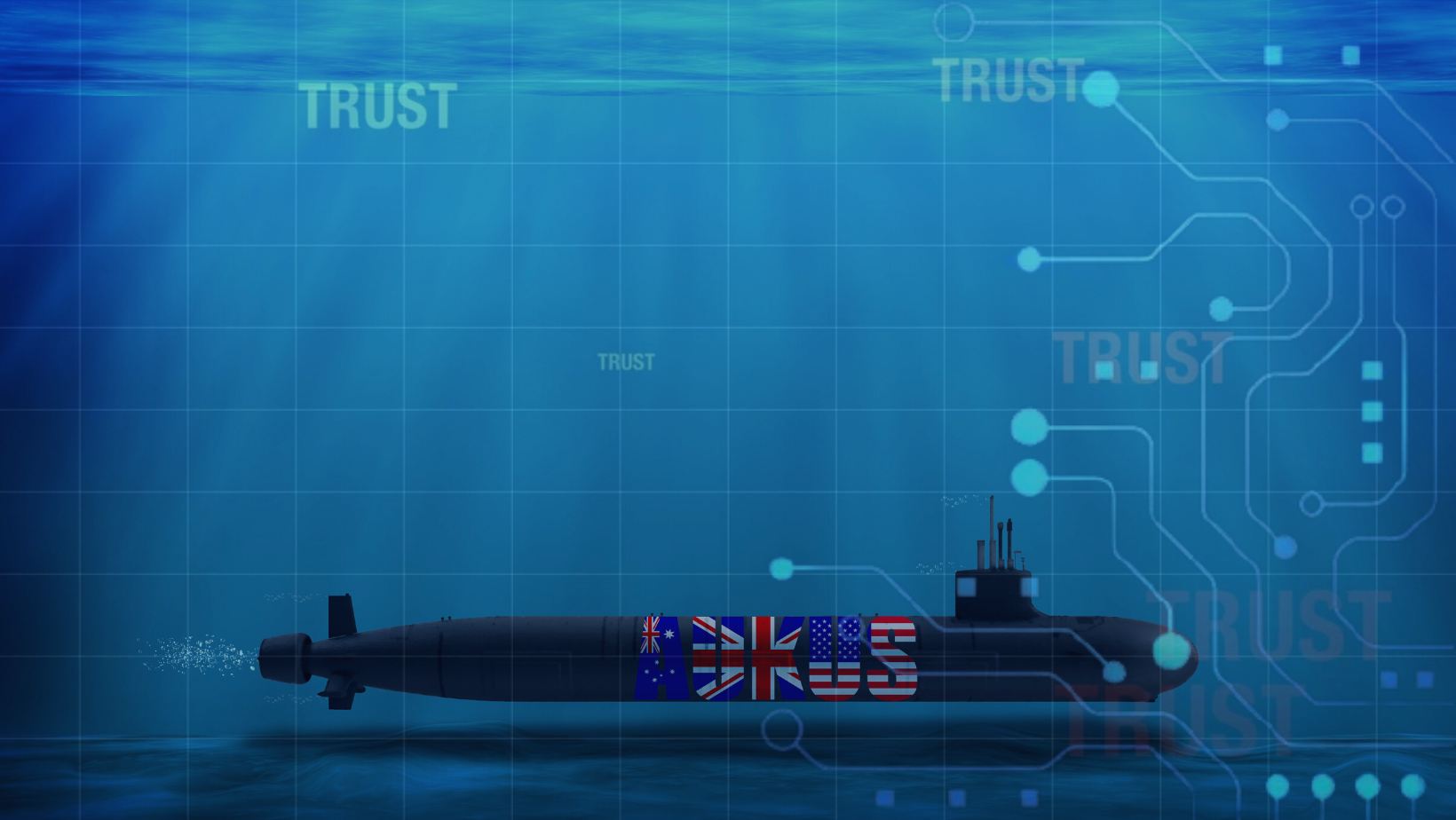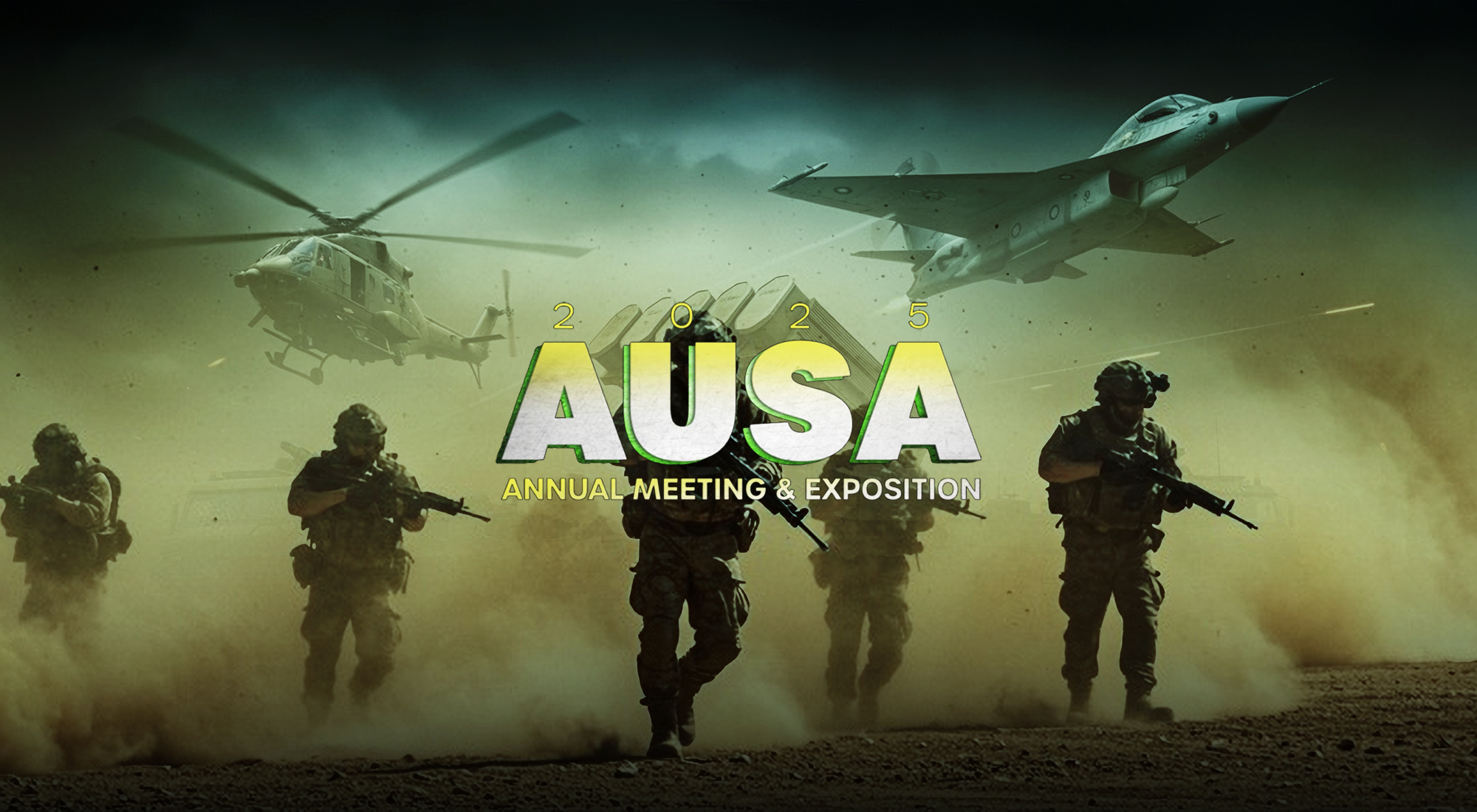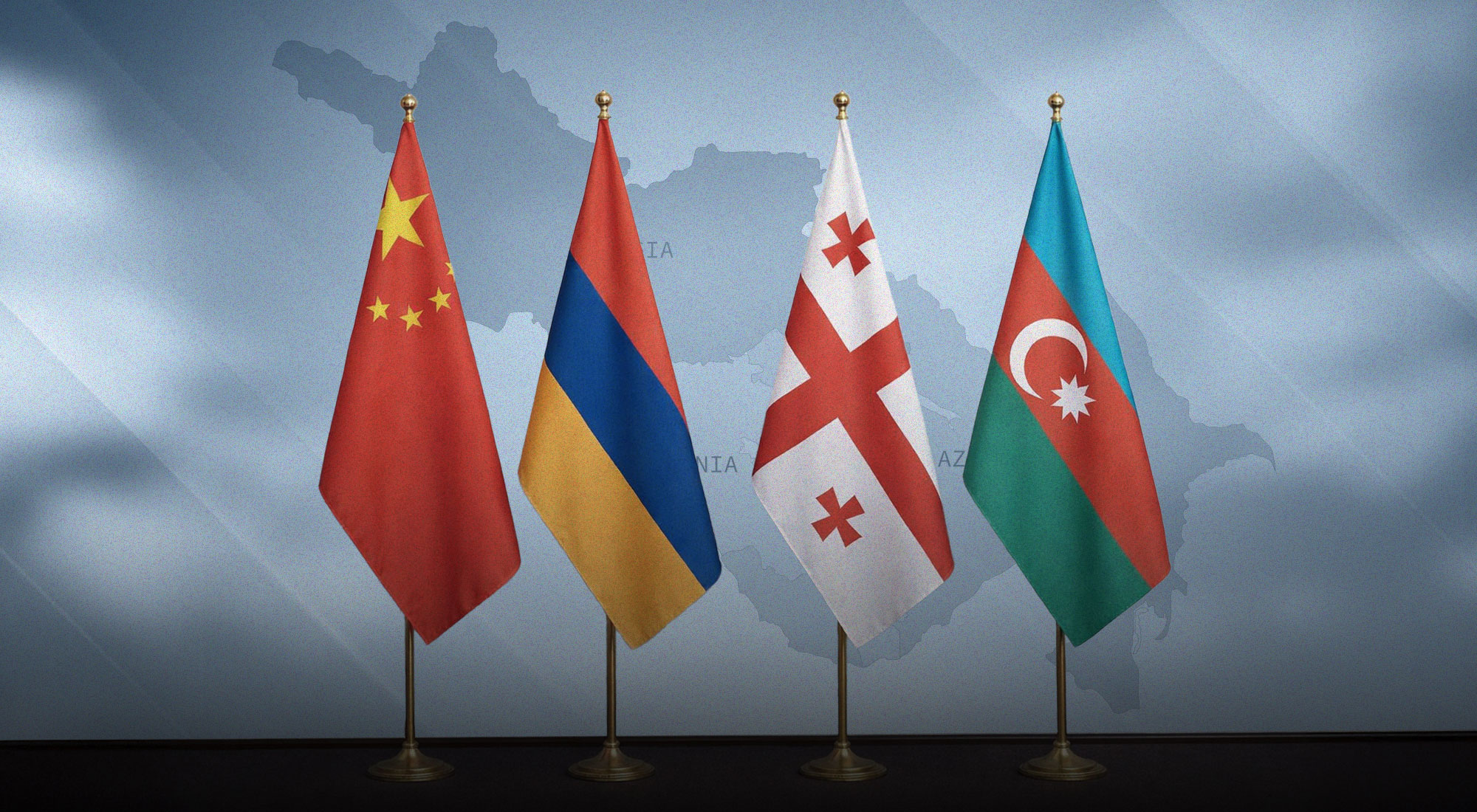Introduction
When the Australia-UK-US (AUKUS) alliance was announced in September 2021, it set tongues wagging across the Indo-Pacific. What need was there for another grouping when so many quadrilaterals and trilaterals already existed? This analysis demonstrates that AUKUS fulfills specific technology transfer functions between partners at a time when the joint operationalization of sensitive defense and security-related technology is increasingly at the center of geostrategic competition. That AUKUS is intended to perform such potential pooling of technology and the transfer of cutting-edge research from the North Atlantic to the South Pacific is its most defining feature. What the alliance can perform for its parties and how it complements its cousin, the quartet of Australia, India, Japan, and the US (commonly referred to as “the Quad”) require fuller explanation. By differentiating between the two primary Indo-Pacific alignments, the article shows that ingrained trust enables AUKUS to function across the dimensions it does: it is the product of institutionalized defense relations and a sense of shared history and culture among the three. These critical elements are in shorter supply across the Quad.
The article begins with a brief discussion about the importance of technology in the formation and functioning of alliances. It then delves more particularly into the raison d’etre of the AUKUS alliance and why it emerged as it did. In turn, the article compares and contrasts the nascent alliance with the other most important alignment in contemporary geopolitics: the Quad. The conclusion argues that synergy between the two alignments is not only possible, but desirable. It may, however, take shape in ways that surprise many observers.
Arms and allies
An alliance is a formal or informal relationship of security cooperation between two or more sovereign states. Such a definition assumes the presence of a commitment and an exchange of benefits for both parties.[1] States form alliances primarily to balance against threats.[2] The ability to balance is usually measured in terms of aggregated military power. But what if forming alliances facilitates other benefits that contribute to the overall accumulation of military prowess within the alliance? The sharing of militarily relevant technology is a key means by which a military alliance can enhance the capability of each member to the overall benefit of the entire group. At face value, this seems a win-win strategy and one would expect such alliances to proliferate. However, as any student of international politics knows, today’s friend may become tomorrow’s enemy. As such, sharing technology with a partner – let alone with multiple partners – carries an element of risk. With this in mind, the exchange of critical and often highly sensitive, leading-edge technology surely only happens in the tightest of alliances.
Given the historical, contemporary, and future importance of both military alliances and the successful acquisition of superior technology to international security, understanding the relationship between these two critical elements is indisputably of profound importance. This is why the case of AUKUS – an alliance with technology exchange at its heart – is so compelling. It provides us with an opportunity to better understand the conditions under which allied states will assist one another to acquire cutting-edge arms.[3]
AUKUS: Beyond nuclear submarines
Australia is set to acquire at least eight conventionally armed nuclear-powered submarines as part of the first AUKUS initiative. Many pundits and scholars therefore view nuclear subs as the primary rationale for the new alliance.[4] They are mistaken for several reasons. First, the creation of AUKUS should be contextualized within the broader, deteriorating security environment as well as the rapid evolvement of military technologies in the Indo-Pacific region.[5] Second, AUKUS enables new technology for Australia, allowing it to build nuclear-powered submarines that do not require a supporting civil nuclear industry.[6] This is highly important for domestic and historical reasons.[7] Abutting three oceans, submarines are an essential part of Australia’s naval capability in terms of surveillance and protection of its maritime approaches.[8] Third, an extensive array of highly sensitive technologies form the full suite of requirements that underpin the delivery of nuclear-powered submarines for Australia. These technologies speak to the wider implications of the alliance and the reason why Australia, the UK and the US formed what is, for all intents and purposes, a highly exclusive club in the first place.
While AUKUS demonstrates a seriousness about the naval balance of power in the Pacific Ocean and beyond, it shows the even greater importance of alliances built on mutual trust and a shared history of positive collaboration. This is why the AUKUS trilateral’s primary marker is found in its attempt to expand on existing alliance structures such as the decades-old ANZUS (Australia-New Zealand-US) alliance and the US-UK special relationship utilizing the vector of leading-edge defense technology and industry. AUKUS, therefore, goes much deeper than submarines (no pun intended) and is meant, according to Australia’s defense industry minister, “to enable the three countries to better cooperate on defense-science, research, education, technology and industrial bases.”[9] AUKUS will enable partnerships to strengthen joint capabilities and interoperability, with initial efforts focusing on cyber capabilities, artificial intelligence, quantum technologies and additional undersea capabilities, such as underwater sensors and drones. The three member states are therefore seeking to win what has become a fierce technology competition with China. They will do so by pooling the resources available to London, Washington, and Canberra as well as integrating supply chains for their national security-related needs.
Does AUKUS really do anything different from the multitudinous trilaterals dotting the Indo-Pacific? After all, the US and Australia already closely cooperate with New Zealand in the aforementioned ANZUS grouping. They also do so in the Australia-Japan-United States strategic partnership. Australia is likewise a member of another Indo-Pacific trilateral, the Australia-Japan-India Trilateral Dialogue. With so many partners to choose from, what marks AUKUS as different from the others?
A little trust goes a long way
It turns out that AUKUS is much different from other trilaterals. These differences go beyond nomenclature, such as the use of the term “alliance” versus the anodyne “strategic dialogue.” Sure, the AUKUS members do more than strategically dialogue. They will build submarines together. Yet, these are not diesel subs like those France was contracted to build for Australia prior to the surprise announcement of AUKUS.[10] These are nuclear subs that will be built in Australia utilizing a combination of American and British technology – though the details of which technology will have primacy remains unclear at this point.[11]
Such technological integration between partners goes far beyond the normal behavior of allies. The UK, for example, is unlikely to share such sensitive technologies with even its closest partners in Europe. Why Australia, the UK, and the US are willing to do so is part of a long-standing debate about alliances and how they work (or do not work). International relations scholars have argued about the relative importance of cultural and political affinities in terms of the alliance choices states make. In turn, scholars hypothesize that these affinities may play a significant role in the subsequent strength of those alliances. As far back as the eighteenth-century, philosopher Edmund Burke wrote that alliances are the product of a “correspondence in laws, customs, and habits of life” among states.[12] The patterns we see in alliances throughout history seem to prove Burke’s point. The ingredients he identified are certainly important to AUKUS, which is undergirded by a sense of ingrained trust between the three members that dates to the Second World War.
States can talk nicely with another and dialogue effectively about shared security problems. Acting in concert to counter those perceived threats is an entirely different matter, particularly when it may mean sharing secret capabilities that have taken years, if not decades, to develop. Clearly, then, the non-material qualities of an alliance – trust, cultural synergy, and shared history – are as crucial for the exchange of technology as perhaps the technology itself. An example from the Second World War illustrates this point elegantly. The Canadian-American P-51 Mustang (15,000 built) was refitted with the superb British Rolls-Royce Merlin engine to become what historians have labeled the best all-round fighter plane of the war. “No fighter plane made a greater difference in the air war of World War II than did the Mustang, whose appearance in substantial numbers over Germany changed the entire complexion of strategic bombing. The idea that Nazi Germany and Imperial Japan might have collaborated to produce a hybrid super fighter, in the way that the British and the Americans coproduced the P-51, was unlikely.”[13] The point is clear. Germany and Japan, on the one side, and the US and the UK, on the other, possessed cutting edge air technology. London and Washington, however, trusted each other with their technological secrets and were able to design a superior fighter plane. Germany and Japan were not and, therefore, lost air supremacy and, eventually, the war.
To bring us up to date, Russia and China collaborate across a range of defense technologies,[14] but it is unlikely they would exchange state secrets in the same way that the AUKUS members are already doing. This is not to say that countries will not share military technology – they often do. But some technologies are more highly prized than others. Nuclear technology, for instance, is in a class of its own. Indeed, even amongst the AUKUS members, how much of the submarines’ nuclear propulsion technology will be shared with Australia is still unclear. Nonetheless, Canberra will almost certainly gain access to the submarines’ other state-of-the-art technologies, including, as one analyst predicts, “sensors and data-processing systems for maritime domain awareness and tracking and evading adversary forces.”[15] As importantly, Australia will have nuclear subs on account of its alliance with the other AUKUS states. AUKUS’s radical integration could only be possible among partners working on extremely sensitive intelligence-related technologies.[16]
AUKUS: Complementing the Quad?
Announcements about the formation of the AUKUS alliance caught many by surprise. Yet, China – whose power the AUKUS grouping is designed to counter – was less surprised than states like India and Japan, which have been increasingly aligned with the US on account of their territorial disputes with China.[17] India, a member of the Quad, was the most shocked. The South Asian country makes the Quad – a highly informal intergovernmental organization that some observers describe as an embryonic military alliance – a truly Indo-Pacific rather than Pacific-only grouping.[18] Was, many in Delhi asked, AUKUS overshadowing or superseding the Quad? The answer, it seems, is both yes and no. Washington has said clearly that AUKUS and the Quad are separate.[19] This is correct, but their distinct “tasks” should not mean they do not complement one another.
AUKUS seeks to expand existing alliance structures (US-UK; US-Australia, Australia-UK) into the field of leading-edge defense technology and industry. In this way, AUKUS is qualitatively different from the Quad. The commitment to provide Australia with technology and know-how to build nuclear-powered submarines binds Washington and London to the region for decades in ways that annual meetings and joint communiqués issued by the Quad do not. Beyond the submarines, the decades-long purpose of AUKUS is to seize the advantage in critical technologies, such as artificial intelligence, quantum computing, and cyber technology.[20]
While AUKUS may represent the closest-possible integration among allies, it has a specific set of tasks and, thus, cannot do everything. Nor should it. In short, and to answer Delhi’s query, the Quad cannot be replaced; it is integral in attempts to maintain a rules-based order across the Indo-Pacific, and India’s role is critical to the Quad. But to be fair, even if it wanted, Delhi cannot take the risk of joining an unequivocal alliance to counter its own concerns about China. Accordingly, the Quad’s informality and institutional flexibility remain functional necessities. As scholars have noted, “an overt focus on the Quad as a military organization to counterbalance China would have failed to enable the range of possible coordinated activities undertaken by the core members [India, Australia, Japan, the US]. It would have also hindered the integration of other states preferring, for the time being at least, to maintain a more equivocal position vis-à-vis China.”[21]
The Quad will remain critical for coordinating the strategic policies of China’s most powerful regional competitors,[22] for presenting a common vision of regional order, and for acting as the nucleus for broader cooperation when needed.[23] It will not, as a rule, share technology in the way AUKUS does. In short, AUKUS complements the Quad and vice versa.
Conclusion
AUKUS is about more than nuclear submarines. But it is, nevertheless, the gateway for Australia to join the exclusive nuclear sub club, to which only six states belong: the US, UK, France, China, India, and Russia. AUKUS is a military alliance among partners with a shared culture as well as a history of trust with highly sensitive secrets dating back seven decades. This cannot be reproduced easily or quickly. But trust with technology is not the only factor that limits membership in AUKUS expanding to others. Rather, systemic, structural, and historical factors play a role in the choice of allies trusted with secrets. India, for example, has a history of non-alignment meaning that it stays away from overt military alliances. In addition, Delhi maintains close military cooperation with Russia. Japan, on the other hand, is very close to London, Canberra, and Washington, but Tokyo’s reticence for nuclear technology coupled with deficits in its development and sharing of sensitive technologies conspire against its membership. For these reasons, Japan and India should double-down on the Quad. Its informality is a strategic asset that allows the four members to send strong signals to their common adversary, China, without having to commit to any action. Rather than India pulling away from the Quad – as some have suggested[24] – Delhi’s national interests are perhaps best served by an understanding that AUKUS does the heavy lifting in terms of deterrence without India having to be directly involved. The Quad, for its part, does the rest. India’s strategic autonomy – and, for that matter, Japan’s and Australia’s – is served well by both.
References
[1] Stephen M. Walt, The Origins of Alliances (Ithaca, NY: Cornell University Press, 1990), p. 1, fn. 1.
[2] In Stephen M. Walt’s telling, threats are a combination of power, geographical proximity, offensive capability, and perceived intentions. Stephen M. Walt, “Alliance Formation and the Balance of World Power,” International security 9, no. 4 (1985): 3-43.
[3] “Arms” here is used in the broadest sense possible to mean tools that states acquire to provide for their national security and defense.
[4] Andrew S. Erickson, “Australia Badly Needs Nuclear Submarines,” Foreign Policy, 20 September 2021, https://foreignpolicy.com/2021/09/20/australia-aukus-nuclear-submarines-china/. See also, Krishn Kaushik, “Explained: The AUKUS Agreement to Equip Australia with N-Subs, and Why It Has Upset France,” The Indian Express, 18 September 2021, https://indianexpress.com/article/explained/aukus-agreement-to-equip-australia-with-nuclear-submarines-7513013/.
[5] Brendon J. Cannon and Kei Hakata, Indo-Pacific Strategies: Navigating Geopolitics at the Dawn of a New Age (Oxon: Routledge, 2021).
[6] “Australia is Getting Nuclear Subs, with American and British Help,” Economist, 15 September 2021, https://www.economist.com/asia/australia-is-getting-nuclear-subs-with-american-and-british-help/21804790.
[7] Michael Hamel‐Green, “The Not‐So‐Nuclear Free Zone: Australia’s Arms Control Policy in the South Pacific Region,” Global Change, Peace & Security 1, no. 1 (1989): 37-59. See also Ryan A. Musto, “Does AUKUS Violate the Pledge of a Nuclear-Free South Pacific? China Thinks It Might,” The Diplomat, 22 October 2021, https://thediplomat.com/2021/10/does-aukus-violate-the-pledge-of-a-nuclear-free-south-pacific-china-thinks-it-might/.
[8] Nigel Pittaway, “Australia Details Its Nuclear-Submarine Ambitions,” Defense News, 16 September 2021, https://www.defensenews.com/global/asia-pacific/2021/09/16/australia-details-its-nuclear-submarine-ambitions/.
[9] Quoted in Melissa Price, “Australia’s Defense Industry Minister: The importance of AUKUS and a Strong Economy,” Defense News, 6 December 2021, https://www.defensenews.com/outlook/2021/12/06/australias-defense-industry-minister-the-importance-of-aukus-and-a-strong-economy/.
[10] Daniel B. Bahr, “Sub Snub Has Paris in a Tizzy Over AUKUS,” Foreign Policy, 17 September 2022, https://foreignpolicy.com/2021/09/17/aukus-france-submarines-australia/.
[11] Euan Graham, “It’s AUKUS, not A(UK)US,” ASPI Strategic, 10 November 2021, https://www.aspistrategist.org.au/its-aukus-not-aukus/.
[12] Edmund Burke, “The First Letter on a Regicide Peace,” in Revolutionary Writings: Reflections on the Revolution in France and the First Letter on a Regicide Peace, edited by Iain Hampsher-Monk, 251–52, Cambridge Texts in the History of Political Thought (Cambridge: Cambridge University Press, 2014).
[13] Victor Davis Hanson, The Second World Wars: How the First Global Conflict Was Fought and Won (New York: Basic Books, 2020), p. 124.
[14] “Russia, China Jointly Develop High-Tech Weapons—Putin,” TASS, 23 December 2021, https://tass.com/politics/1379867?utm_source=google.com&utm_medium=organic&utm_campaign=google.com&utm_referrer=google.com.
[15] Arzan Tarapore, “AUKUS is Deeper Than Just Submarines,” East Asia Forum, 29 September 2021, https://www.eastasiaforum.org/2021/09/29/aukus-is-deeper-than-just-submarines/.
[16] Mathew Cranston and Chris Uhlmann, “Australian Spy Chiefs in ‘Full Court Press’ to Sell AUKUS,” Financial Review, 24 September 2021, https://www.afr.com/policy/foreign-affairs/australian-spy-chiefs-in-full-court-press-to-sell-aukus-20210923-p58u98.
[17] Jia Deng, “AUKUS: Why Beijing Didn’t Go Ballistic,” The Interpreter, 14 October 2021, https://www.lowyinstitute.org/the-interpreter/debate/aukus-and-australia-s-nuclear-submarines.
[18] Brendon J. Cannon and Ash Rossiter, “Locating the Quad: Informality, Institutional Flexibility, and Future Alignment in the Indo-Pacific,” International Politics (published online, 12 March 2022). https://link.springer.com/article/10.1057/s41311-022-00383-y
[19] Tara Kartha, “Quad and AUKUS Goals Are Clear as Black and White. Only One Can Cut Back China’s Power, The Print, 27 September 2021, https://theprint.in/opinion/quad-and-aukus-goals-are-clear-one-can-cut-back-china-power/740525/.
[20] Arzan Tarapore, “AUKUS is Deeper Than Just Submarines,” East Asia Forum, 29 September 2021, https://www.eastasiaforum.org/2021/09/29/aukus-is-deeper-than-just-submarines/.
[21] Brendon J. Cannon and Ash Rossiter, “Locating the Quad: Informality, Institutional Flexibility, and Future Alignment in the Indo-Pacific,” International Politics (published online, 12 March 2022). https://link.springer.com/article/10.1057/s41311-022-00383-y
[22] Dhruva Jaishankar and Tanvi Madan, “How the Quad Can Match the Hype,” Foreign Affairs, 15 April 2021, https://www.foreignaffairs.com/articles/united-states/2021-04-15/how-quad-can-match-hype.
[23] Brendon J. Cannon and Ash Rossiter, “Locating the Quad: Informality, Institutional Flexibility, and Future Alignment in the Indo-Pacific,” International Politics (published online, 12 March 2022).
[24] Talmiz Ahmed, “’Quad’ and ‘AUKUS’ Seek to Redefine Indo-Pacific Geopolitics … But Throw Up Fresh Options for India,” Trends, 12 October 2021, https://trendsresearch.org/insight/quad-and-aukus-seek-to-redefine-indo-pacific-geopolitics-but-throw-up-fresh-options-for-india/.








